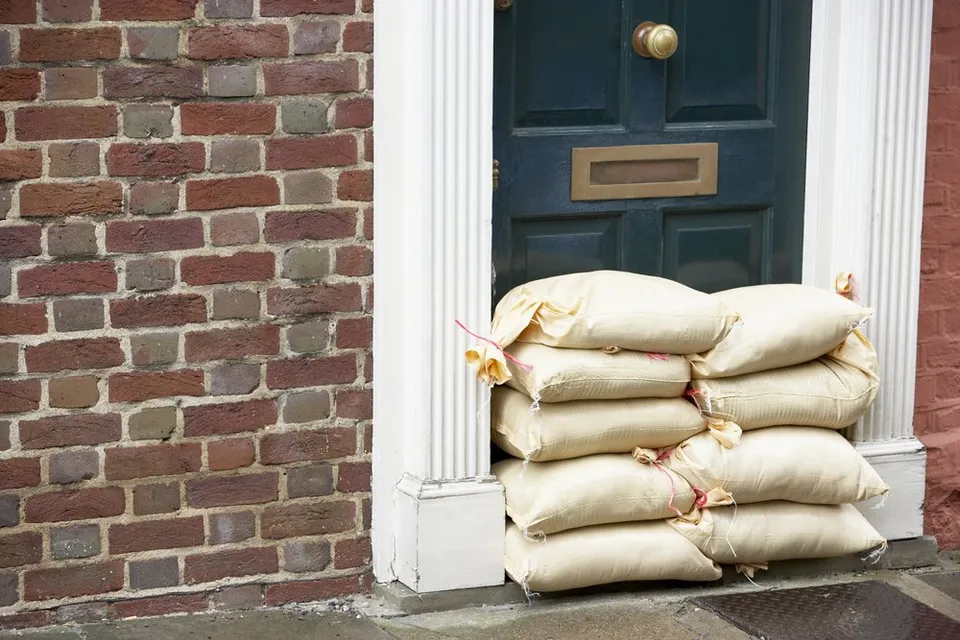How to Deal with Flooding

Florida is no stranger to rain and Tampanians have had their fair share of flooding, too. According to the National Flood Insurance Program (a FEMA initiative) website, Florida tends to lead the nation in flood claims. In fact, flooding is so much more common in Florida than in other states that there were twice as many claims originating in Florida than Alabama, the number two claims state. With recent flooding in the Tampa area, we thought it important to discuss what to do if your home floods as well as flood insurance basics – here is how to deal with flooding.
What To Do In Case Of Flooding
If you’ve had to evacuate your home because of flooding, it is important to wait for the all-clear before returning. Upon return, or if you were home during the flooding, take photographs of the damage. Check for damage to the foundation and hazards like gas leaks and broken power lines. Call your insurance company and verify what information you’ll need to begin a claim.
If flood waters have receded, remove wet items and begin to dry out the area. You’ll want to extract all water and ventilate the room if it is dry outside. Otherwise, a dehumidifier may help to remove some of the water from the air.
Before placing wet items like rugs back into a room, make sure they are thoroughly dry and that they have no mold. It may be necessary to check under carpeting or flooring for mold as well.
Dealing with a flood is messy and can be quite expensive, especially if you need to rent equipment or hire someone to clean the water damaged areas. Flood insurance can offset these costs.
Flood Insurance Basics
If you have a homeowner’s policy, you may be surprised to learn that most policies don’t cover flooding. While this may not be an issue in North Dakota, it’s a huge issue in Florida. A homeowner in Florida (or anywhere else) is not required to purchase flood insurance, however, it can go a long way towards further protecting your home from natural disasters and even water main breaks.
Flood insurance takes 30 days to go into effect, so it’s important to review your current homeowner’s insurance policy and see if it’s included. Reviewing your policy before storm season can help you ensure you’re protected, but that doesn’t mean you shouldn’t give it a look once the storms start. If you don’t have flood insurance, start shopping around for a provider.
If you’re wondering whether your community participates in FEMA’s National Flood Insurance Program, check here.
While looking for flood insurance, make sure to read the policies and understand what is covered. Some policies may not cover swimming pools or damage that may have been avoided through the actions of the homeowner. In addition, some policies won’t cover basements. Don’t be surprised later—thoroughly read every policy you’re considering so you can be sure you purchase the policy that is best for you.
Insurer Won’t Pay? Contact a Tampa Insurance Dispute Attorney
If you’re dealing with major property damage and feel like your getting the run around from a claims agent, consult with a Tampa insurance dispute attorney.
A skilled Tampa insurance dispute attorney who has dealt with insurance companies understands the needs of the claims process, as well as when an insurance company is just trying to stall or keep from paying out on a claim. Because most homeowners rarely go through the claims process, it can be confusing, frustrating, and unnerving.
You don’t have to face a large insurance company alone. A knowledgeable Tampa insurance dispute attorney with in-depth knowledge of insurance company policies and procedures can work with you to help you get the compensation you deserve. Don’t wait—consult with a Tampa insurance dispute attorney and start rebuilding your life today.
